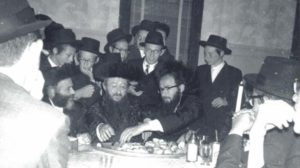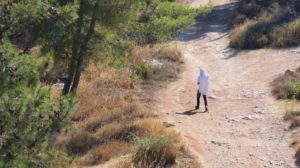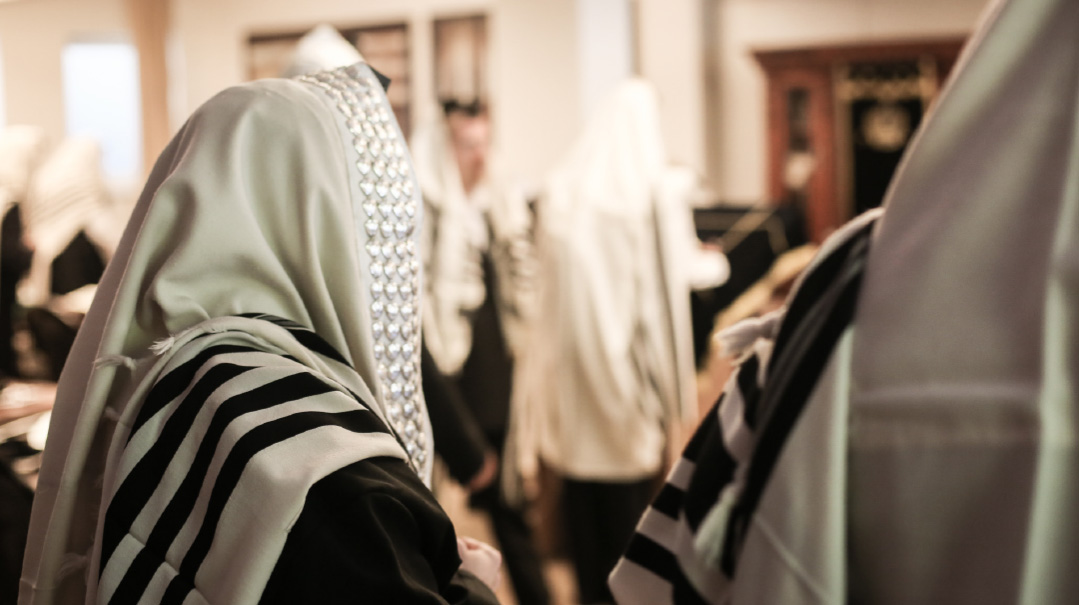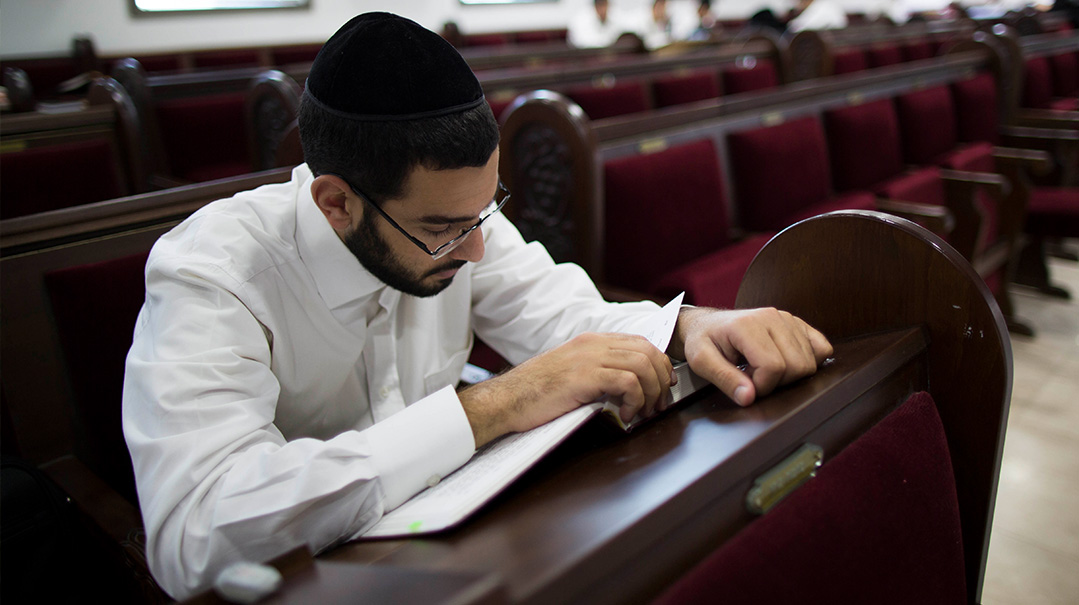Number 100
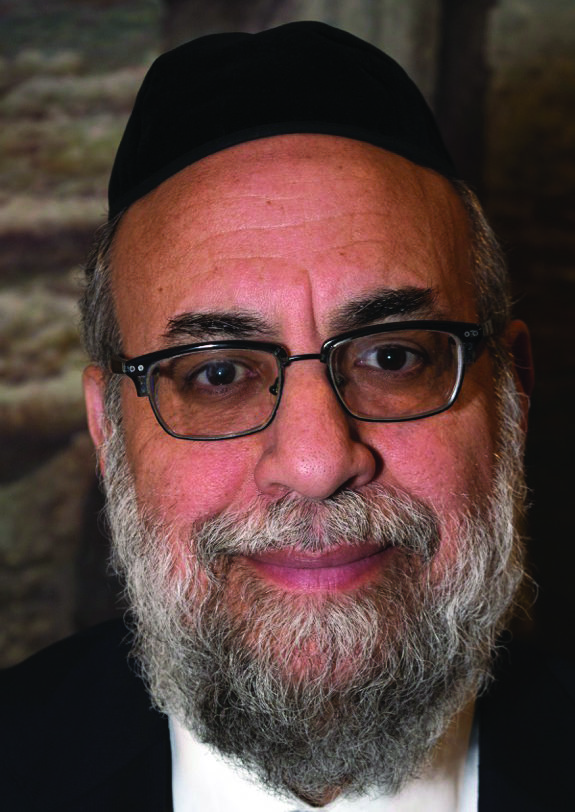
I
recently had a very restless night. It wasn’t due to insomnia or indigestion; rather, I was trying to wrap my mind around the significance of the number 100.
In the Succos issue of these very pages a little more than a year and a half ago, I introduced an innovative program titled “The Hidden World of Shidduchim,” to facilitate a cooperative effort between singles and couples suffering from infertility who are being helped by Bonei Olam. The singles and the couples would exchange Hebrew names (anonymous, with no last names) and would daven for each other. This segulah was recommended by the gadol hador himself, Maran Rav Aharon Leib Steinman ztz”l, in a conversation with Rabbi Shlomo Bochner of Bonei Olam.
We called the joint initiative “Ohel Sarala/Bonei Olam” in memory of our beloved daughter Sarala a”h who passed away about two years ago at the young age of 17, and who was the inspiration for this program. My thoughts, which I expressed in that first article, were that any shidduch that came about as a result of this program, and any baby born, would be a great zechus for her special neshamah in Gan Eden.
“What does all this have to do with the number 100?” you are probably wondering. Well, that is the number of singles who have become engaged while participating in the Ohel Sarala/Bonei Olam initiative in the last year and a half. This translates into 200 singles having found their respective spouses. In addition, over 50 children have been born to our couples. And these are only the ones we have documented through our program. We have no idea how many other singles and couples celebrated a simchah after following the format of this initiative by davening for each other on their own. (Some of them have contacted Ohel Sarala to share their stories with us). Hence my preoccupation with the number 100.
What is the significance of the number 100? Many years ago, a dear friend invited me to a special birthday party for his father, who was about to celebrate his hundredth birthday. That Shabbos, many members of his shul escorted him to shul singing all the way (as many have the minhag to do for a chassan), and after he received an aliyah in shul, the entire shul responded with a 20-minute interlude of singing and dancing in his honor.
My friend had asked me to share some divrei Torah at the actual celebration, so I looked through the seforim to see what is the significance of the number 100. Then I saw in Pirkei Avos (5:25) that the Mishnah describes the various age milestones of life and concludes with: “A person who is 100 is as if he has passed on and is useless to the world.”
I didn’t think that sharing this Mishnah with the participants at the birthday party would go over too well.
Then I began to think deeper into the words of the Mishnah. Why would the Mishnah tell us such a thing? What message are Chazal sending a person approaching this special age of 100 by telling him that he is now “useless to the world”?
The question becomes even more pronounced when we consider the Rashi at the beginning of parshas Chayei Sarah that describes the life of Sarah Imeinu. At 100, Rashi says, she was like a 20-year-old, without any sin. But Sarah lived until 127 years old, so why not say, “At 127 she was as she was at 20”? Why limit it to 100?
I once heard a beautiful explanation. The Mishnah that describes a 100-year-old as “useless to the world” doesn’t chas v’shalom mean that the person is actually useless. On the contrary, centenarian gedolim — including Rav Steinman ztz”l, Rav Elyashiv ztz”l, and others — accomplished incredible achievements for Klal Yisrael in their post-100 years. The Mishnah means that the constant battle against the yetzer hara, which challenges us to sin each and every moment of our existence in this world, continues until the age of 100. After that, the person is not “dead,” but his yetzer hara is now “dead” and ineffective against him. For the remainder of that person’s life, he can accomplish incredible things without any challenge from the yetzer hara. Therefore, in describing Sarah Imeinu’s greatness, the Torah tells us that she was at 100 as she was at 20, without sin — and, of course, she remained that way until the end of her 127 years.
The brachah I gave to that “birthday boy” years ago was that he should live the remaining years of his life until 120 and be able to accomplish even more than he ever did before, because he can now do so without the influence of the yetzer hara.
Upon receiving the wonderful news that Ohel Sarala/Bonei Olam had reached the great milestone of its hundredth engagement, I experienced a night of restless excitement, and it occurred to me that perhaps this same message applies also to us.
We had every reason not to go ahead with this initiative. Getting it off the ground would take far too much effort. Besides, who really knew what Rav Aharon Leib meant when he shared this segulah with Rabbi Bochner? And who would take this initiative seriously? Could such a program really work in this very skeptical world?
In retrospect, all these concerns, and many more, were the workings of the yetzer hara, which was trying to stop us. But thanks to the incredible dedication and persistence of Rabbi Bochner and his staff, and the indescribable mesirus nefesh of my wife, who has thrown herself into this program with her entire heart and soul, we forged ahead. Special thanks goes to the wonderful staff of Mishpacha magazine, which is a full partner in this endeavor. It was their foresight that allowed me to present my initiative to Klal Yisrael and continue to update you on our progress. In a letter to the editor months ago, I shared that one of the gedolei hador, whose family was zocheh to celebrate an engagement and the birth of a baby girl within one month, asked me to personally thank Mishpacha for being the catalyst to bring all this about.
We began one day at a time, one e-mail at a time, and one shidduch at a time. Now we are at number 100! Our tefillah to HaKadosh Baruch Hu is that at this centenary milestone, the yetzer hara should become powerless and ineffective, and Ohel Sarala/Bonei Olam should continue its wonderful work without any impediment. Our dream is to increase our number of chassanim and kallahs (including many over the age of 30) to 500, or 1,000, and eventually, until every last single in Klal Yisrael is engaged and every married couple hoping for a child has their home filled with the beautiful sounds of a crying baby. And if we do not have the merits to accomplish this on our own, then we turn to our inspiration and moreh derech, Rav Aharon Leib Steinman, who, in his lofty position in Gan Eden together with the manhigei hador of previous generations, surely has the zechus to make this happen.
As I drifted off to sleep, I had one more vision. While I have absolutely no understanding of what goes on in shvilei d’Rekiya (the byways of Heaven), I have a vision of a great centennial celebration in Shamayim. Sitting at the head of the table is Rav Steinman with a crown on his head, and near him sits Sarala a”h with a crown on her head. The room is filled with the zeidies and bubbies of all the new couples and babies. They are expressing their joy and appreciation to Rav Steinman and Sarala for being the inspiration behind Ohel Sarala/Bonei Olam, which facilitated the shidduchim and births of their eineklach, some of whom carry the names of these very zeidies and bubbies. My vision is a festive one, one of wonderful, holy Yidden celebrating together in the Olam Ha’emes the simchahs of their children that are taking place in this temporal world.
In my final few moments of semi-consciousness, I can actually hear all the celebrants marching together to the Kisei Hakavod, with Rav Aharon Leib at the helm, and asking — no, pleading — that HaKadosh Baruch Hu make their simchah complete by uniting both worlds together in joy with the coming of Mashiach, who will then bring forth the techiyas hameisim that we all long for.
Until then, mazel tov to number 100… and counting.
This article was written l’zecher nishmas Sarah Chaya a”h bas Rav Aryeh Zev.
Originally featured in Mishpacha, Issue 712. Rabbi Aryeh Z. Ginzberg is the rav of the Chofetz Chaim Torah Center of Cedarhurst and the founding rav of Ohr Moshe Institute in Hillcrest, Queens. He is a published author of several sifrei halachah, and a frequent contributor to many magazines and newspapers, where he writes the Torah hashkafah on timely issues of the day. He is also a sought-after lecturer on Torah hashkafah at a variety of venues around the country.
Oops! We could not locate your form.


